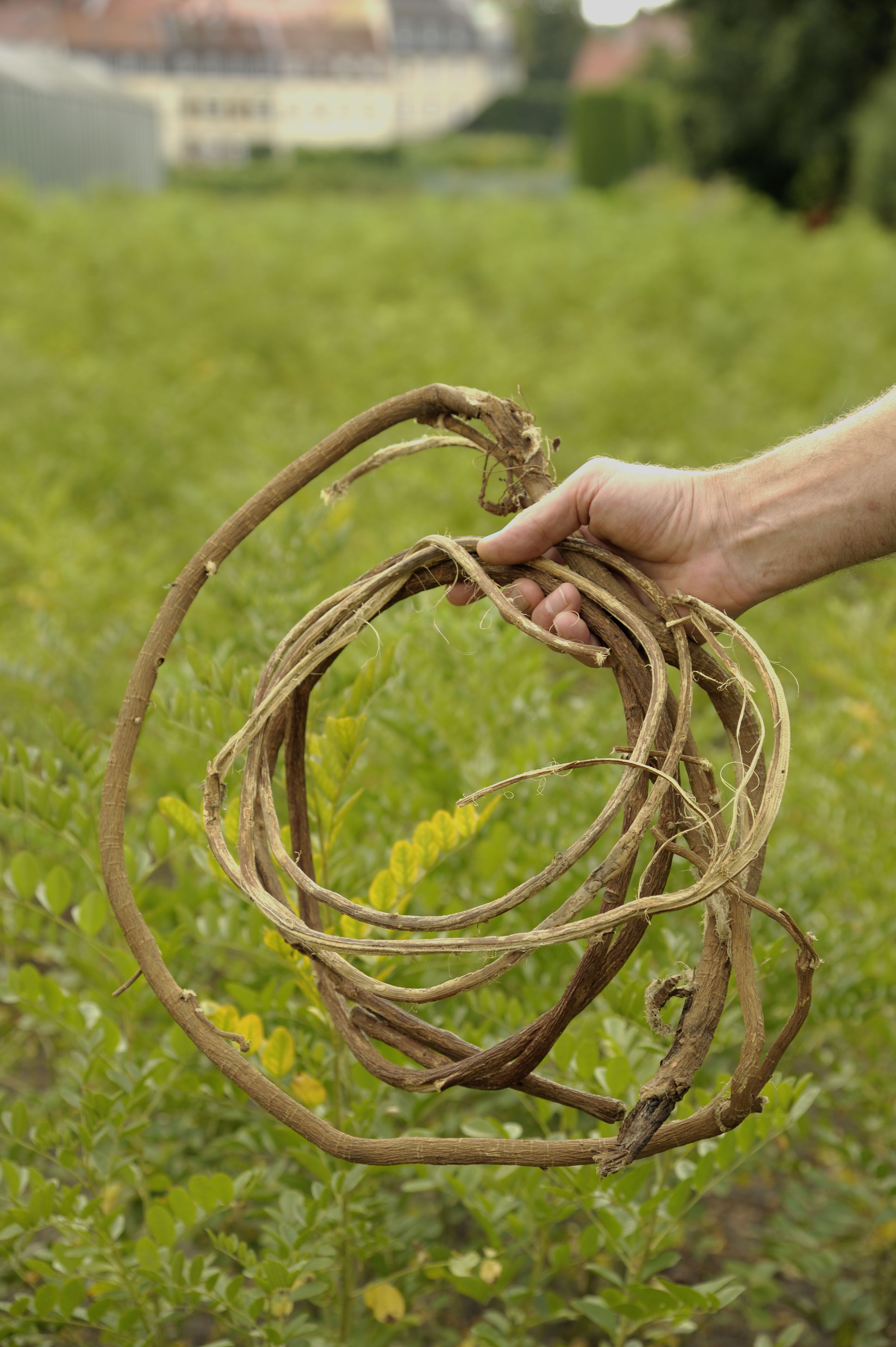Multi-level partnership (municipality, owners, associations, citizens' groups)
Intergenerational approach to raising awareness for historical urban gardens’ value
Development of a brand for local produce
Re-cultivating urban fields with traditional crops
